In the hushed predawn mist of a protected reserve, a team of scientists watches, their breaths held. A crate door swings open, and for the first time in its life, a young animal steps onto soil it does not share with humans. Its every movement is a test, a culmination of years of meticulous planning and a revolutionary scientific discipline: release-to-wild training for captive-born animals. This moment, charged with hope and uncertainty, represents the cutting edge of conservation biology, a complex dance between human intervention and the reawakening of ancient instincts.
The philosophy underpinning this science is a profound shift from traditional zoo or sanctuary management. It moves the goalpost from lifelong care in a controlled environment to a single, ultimate objective: successful reintegration into a natural ecosystem. The animals in these programs are not pets; they are students. Their curriculum is survival, and their classrooms are increasingly sophisticated mock-wild environments designed to teach them everything they would have learned from their parents and peers in the wild. This is not merely about opening a cage; it is about rebuilding a wild mind and spirit inside a body that has never known freedom.
Reawakening the Wild Within: The Core Principles of Training
At the heart of any successful release program is what biologists term behavioral conditioning. For a predator, this means honing hunting skills on live prey, often introduced in ways that mimic natural challenges. A big cat might start with already-deceased food, progress to chasing a mechanically manipulated lure, and finally graduate to capturing and killing live prey in a large, naturalistic enclosure. This gradual exposure is critical. An animal that has never hunted cannot simply be set loose and expected to thrive; it would face almost certain starvation or become a danger to human settlements in its desperation.
For prey species, the training focuses on predator recognition and avoidance. Caretakers and scientists employ creative techniques to instill a healthy sense of fear. Recordings of predator calls, the strategic placement of predator scat around an enclosure, or even the use of model predators or benign dogs can teach these animals to be vigilant. The goal is to override the habituation to humans that captivity creates and replace it with a natural wariness of their true threats. An animal that does not fear its natural predators is a vulnerable animal, and its release would be a death sentence.
Perhaps the most challenging aspect to teach is foraging and dietary knowledge. Captive animals are provided with a consistent, nutritious diet. The wild offers no such guarantee. Training involves introducing a wide variety of native plants, fruits, and insects, allowing the animals to learn through trial and error what is edible, nutritious, and safe. In some programs for primates or birds, individuals who have mastered these skills are used as "tutor animals" to lead and teach naïve cohorts, effectively using peer-to-peer learning to accelerate the educational process.
The Crucible of Pre-release: Life in Semi-Wild Conditions
Before any animal is considered for true release, it must graduate to a pre-release site. These are vast, naturalized enclosures that simulate the target habitat as closely as possible. Human contact is reduced to a bare minimum, often conducted from blinds or via remote monitoring. Food is not delivered in a bowl but must be foraged or hunted. The animals experience natural weather, territorial disputes with conspecifics, and the full day-night cycle without artificial light.
This phase is the ultimate test of their training. Scientists monitor them constantly using GPS collars, camera traps, and direct observation. They collect data on movement patterns, hunting success rates, social interactions, and overall health. An animal that fails to thrive here—one that cannot find enough food, is relentlessly bullied by others, or shows excessive stress—is deemed unfit for release. This difficult ethical decision spares it from a likely painful death in the wild and allows resources to be focused on individuals with a higher chance of success.
Social dynamics play a crucial role, especially for gregarious species like wolves, elephants, or certain primates. Animals are almost always released in groups. These groups are formed and bonded during this pre-release phase. Establishing a stable social hierarchy and cooperative behaviors, such as group hunting or communal calf-rearing, is essential for their survival post-release. Releasing a solitary social animal is as much a failure as releasing one that cannot feed itself.
Beyond the Release: The Critical Role of Post-Release Monitoring
The moment of release is not an end, but a beginning. The science continues long after the animal disappears into the forest or grassland. Sophisticated post-release monitoring is what separates modern, scientific releases from the well-intentioned but often disastrous releases of the past. Each released animal is typically fitted with a satellite or VHF GPS collar. This technology provides a continuous stream of data on the animal's location, allowing researchers to map its home range, monitor its movement patterns, and, tragically, often confirm its death.
This data is invaluable. It answers the critical questions: Is the animal thriving? Is it utilizing appropriate habitat? Is it interacting with wild conspecifics? Perhaps most importantly, it provides immediate feedback on the effectiveness of the pre-release training program. If a cohort of released antelope consistently falls prey to leopards within weeks, it indicates a failure in the predator-avoidance training, and the program can be adjusted for future candidates. This iterative process of hypothesis, experiment, and adaptation is the true scientific method applied to conservation.
Furthermore, monitoring helps assess the broader ecological impact of the release. The ultimate success is not just an individual's survival, but its contribution to the ecosystem—whether it's a jaguar helping to control prey populations, a parrot dispersing seeds, or a grazer maintaining grassland health. The goal is to create a self-sustaining wild population, and that requires understanding the released animals' role in the complex web of life.
The Inherent Challenges and Ethical Imperatives
This field is fraught with ethical and practical challenges. The process is incredibly expensive, requiring long-term funding for facilities, staff, technology, and monitoring. There is also the unavoidable reality of mortality. Despite the best preparations, some released animals will die from starvation, predation, disease, or human-wildlife conflict. Conservationists must constantly weigh the welfare of the individual against the benefit to the species and the ecosystem. Is it ethical to subject a captive-born animal to the high risks of the wild for a chance at a truly natural life?
There is also the risk of introducing diseases from captive environments into wild populations or of releasing animals that are genetically unsuitable. Every candidate undergoes rigorous veterinary screening and genetic testing to mitigate these risks. The selection process is ruthless; only the best-prepared, healthiest, and most behaviorally competent individuals are given the chance.
Yet, the ethical imperative to try is powerful. For species on the brink of extinction, where no viable wild population remains, release programs are not just an option—they are the only hope. They represent a promise to repair a small part of the damage humans have inflicted on the natural world. They are an attempt to return what was taken, to rewrite a wrong with science, dedication, and an unwavering respect for the wild spirit these animals carry within them.
As the sun rises higher, the released animal in our opening scene lifts its head, scenting the wind for the first time. It is alone, yet connected to a vast support system of human ingenuity and hope. Its journey is a single data point in a grand experiment, a testament to our growing understanding that true conservation is not just about saving animals from dying, but about teaching them how to live.

By /Aug 21, 2025
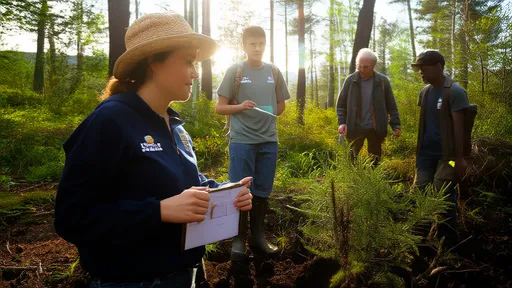
By /Aug 21, 2025

By /Aug 21, 2025
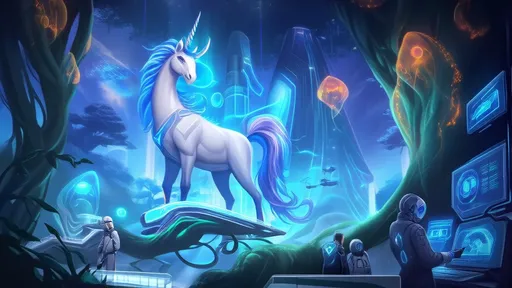
By /Aug 21, 2025

By /Aug 21, 2025
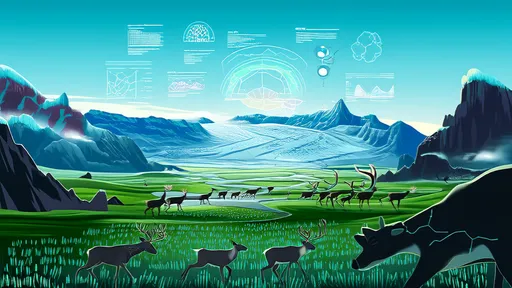
By /Aug 21, 2025
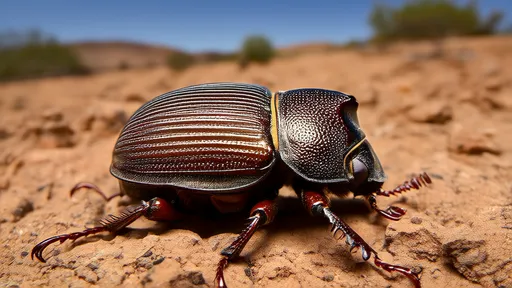
By /Aug 21, 2025
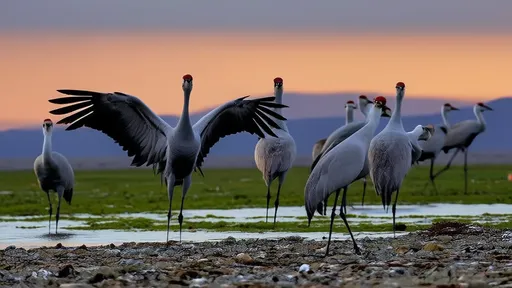
By /Aug 21, 2025
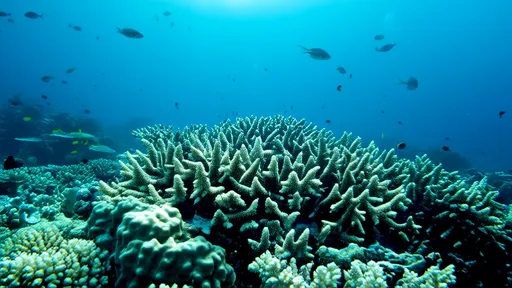
By /Aug 21, 2025
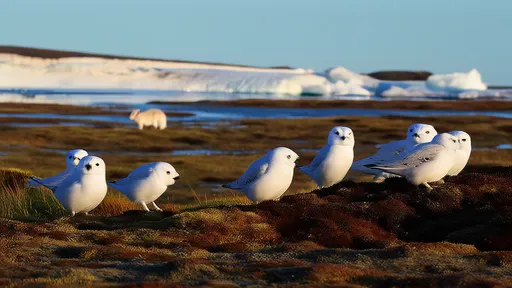
By /Aug 21, 2025
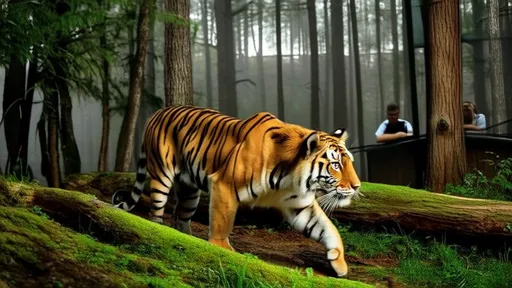
By /Aug 21, 2025

By /Aug 21, 2025
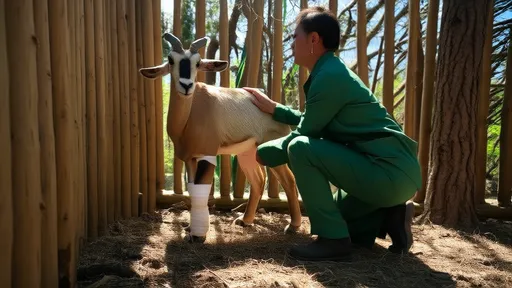
By /Aug 21, 2025

By /Aug 21, 2025
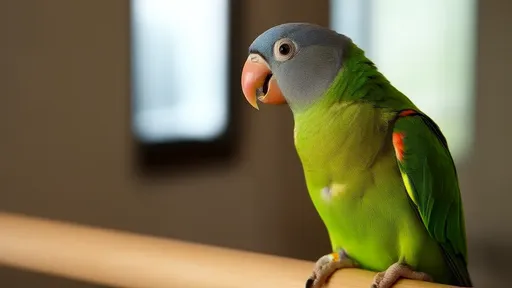
By /Aug 21, 2025
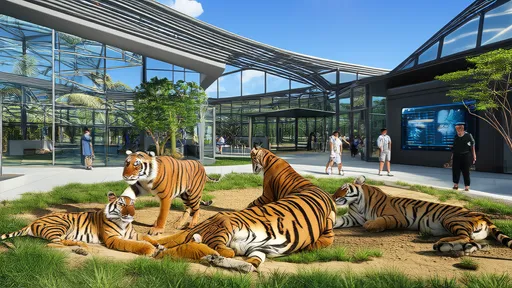
By /Aug 21, 2025
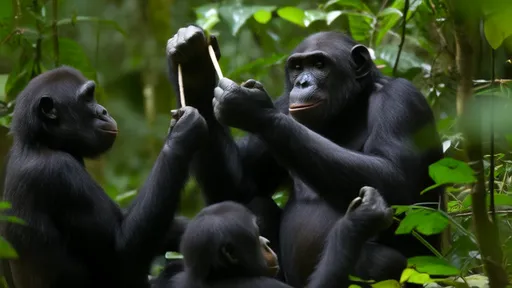
By /Aug 21, 2025
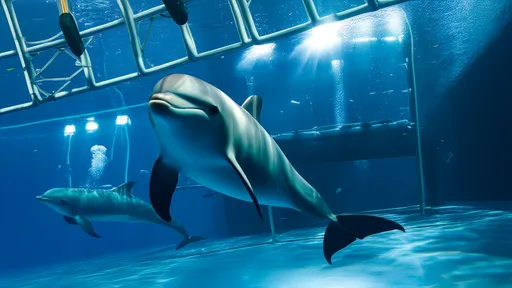
By /Aug 21, 2025
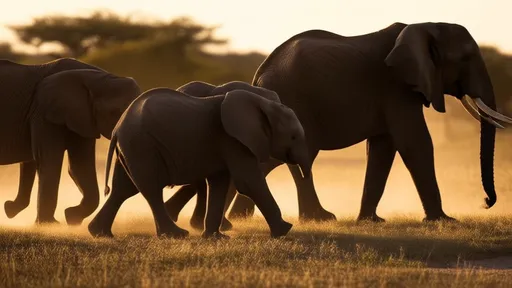
By /Aug 21, 2025
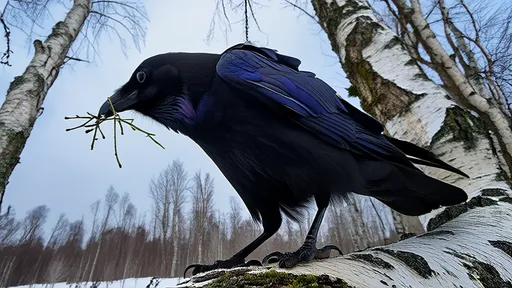
By /Aug 21, 2025